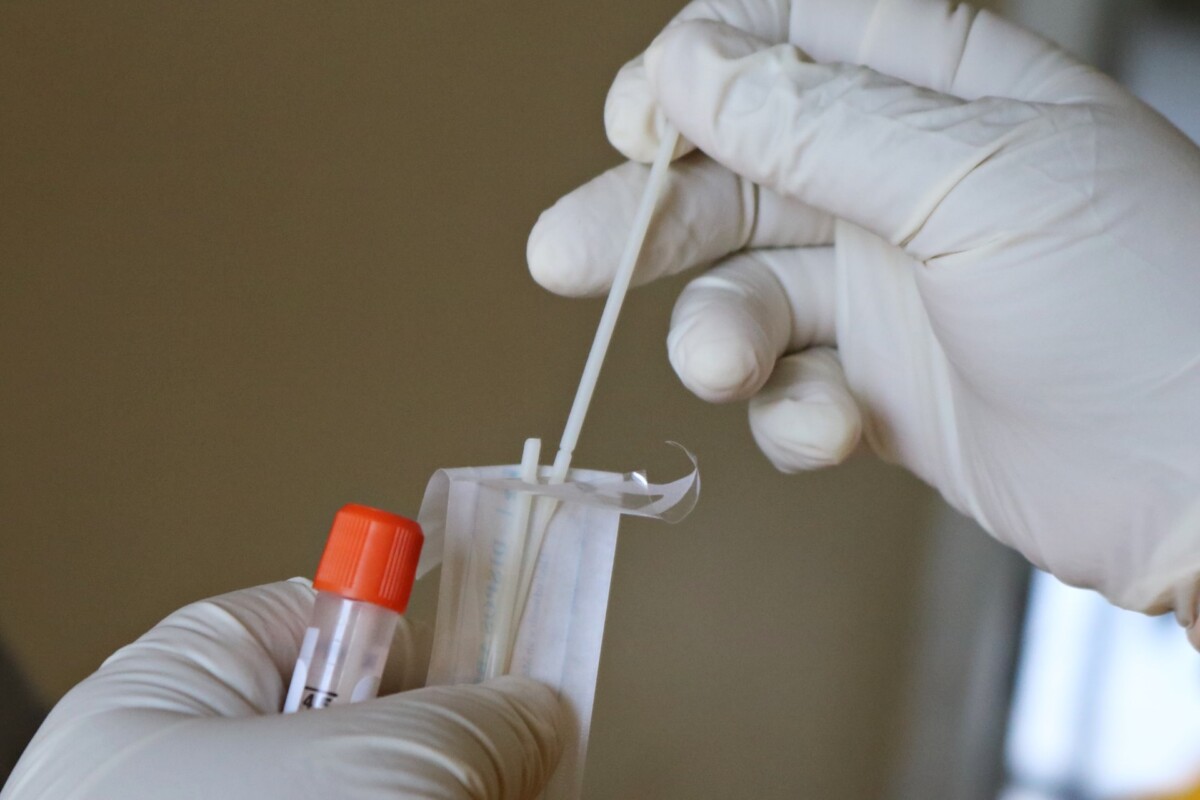The U.S. Occupational Safety and Health Administration (OSHA) has developed workplace health and safety regulations for hazardous waste operations and emergency response activities (HAZWOPER). Under these regulations, employers must develop and implement a written safety and health program that covers employees involved in hazardous waste operations and emergency response to ensure employee health and well-being.
Who’s Covered?
HAZWOPER safety and health programs must conform to 29 CFR 1910.120(b) and employers must create a medical surveillance program as specified by 29 CFR 1910.120(f).
There are four groups of employees that must be covered under the medical surveillance program:
- Any employee who is, or may be, exposed to hazardous substances or health hazards at or above permissible exposure limits (PEL). For hazardous substance that do not have a PEL, employers must include employees who are, or may be, exposed to published exposure levels for 30 days or more a year regardless of respirator use.
- Any employee who wears a respirator for 30 days or more a year or as required by 29 CFR 1910.134.
- All members of a HAZMAT team.
- Any employee who is injured, becomes sick, or develops symptoms of possible overexposure due to hazardous substances or health hazards related to an emergency response or hazardous waste operation.
How Often Should HAZWOPER Medical Testing Occur?
For employees in the first three groups noted above, employers must make medical exams at the company’s expense on the following schedule:
- Prior to assignment of an employee to an identified role.
- Once every 12 months – physicians may sign-off on less frequent exams based on the employee’s exam results; however, the time between exams may not exceed 24 months.
- At more frequent times based on a physician determining that an increased frequency of examination is medically necessary.
If an employee leaves the company, is terminated, or accepts a new role that is not part of the surveillance program, exams should be scheduled as soon as time permits. The company must pay for these exams as well. An employee who has had an exam within 6 months can opt out.
For employees who have developed signs or symptoms that indicate possible overexposure to hazardous substances or health hazards, they must notify their employer and an exam must be scheduled as soon as possible. This also applies to employees who have been injured or exposed to hazardous substances above the permissible exposure limits or published exposure levels in an emergency.
Lastly, ill or injured employees should be examined immediately following the emergency incident or development of signs or symptoms. The physician will determine if additional exams are medically necessary. It’s important to note that this applies to employees who are not part of the medical surveillance program but were injured or became ill due to potential overexposure of a hazardous substance or health hazards related to an emergency response or hazardous waste operations.
How Cority Can Help
Cority has several solutions designed by safety, IH and OH professionals for safety, IH and OH professionals to help ensure employee health and wellbeing while on the job. We invite you to learn more about our cross-functional, integrated EHSQ solutions, like Medical Surveillance, Similar Exposure Group, Job Hazard Analysis, Respirator-Fit Testing, Incident Management, and Risk Management.









